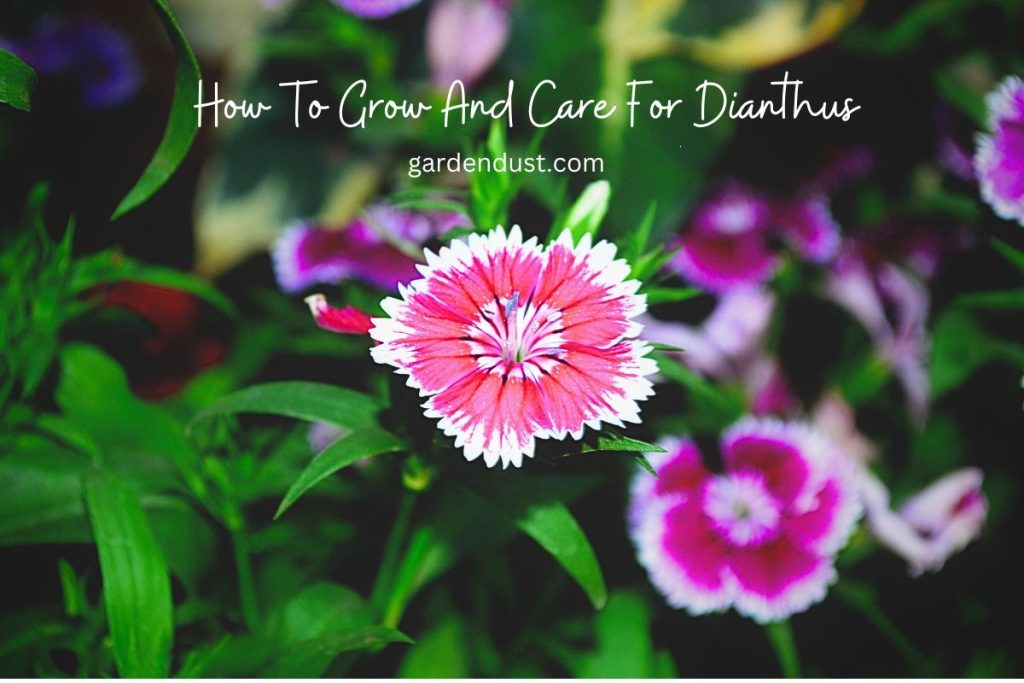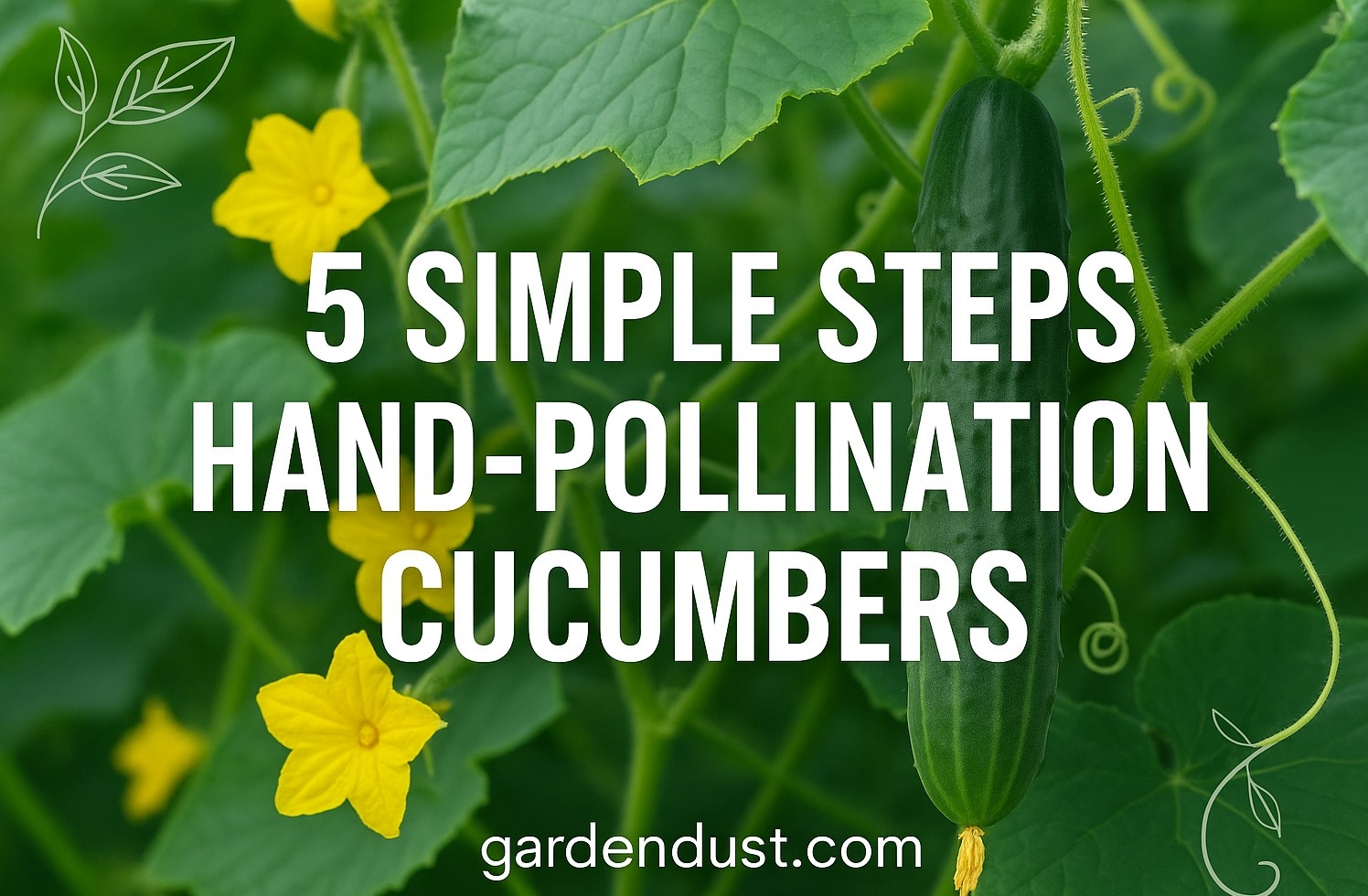Dianthus is a genus of flowering plants in the family Caryophyllaceae, commonly referred to as “pinks” or “carnations.” These plants are known for their attractive, fragrant flowers and are popular in gardens and floral arrangements.in this article we will discuss about How To Grow And Care For Dianthus
Key characteristics about Dianthus:
Appearance:
Dianthus plants typically have narrow, grass-like leaves that are often bluish-green in color. The flowers can vary in size and color, but they are usually pink, red, white, or a combination of these colors. The petals often have serrated edges, giving them a distinctive appearance.
Fragrance:
Many Dianthus species and cultivars have a pleasant, spicy, or clove-like fragrance, which adds to their appeal in gardens and as cut flowers.
Growth Habit:
Dianthus plants vary in size and growth habit. Some are low-growing ground covers, while others are taller and more upright. They are generally well-suited for borders, rock gardens, and container gardening.
Lifespan:
Dianthus plants are typically perennial, meaning they return year after year, although there are also annual and biennial varieties. Perennial Dianthus often have a long flowering season, with blooms appearing in spring and sometimes continuing into the summer.
Varieties:
There are numerous species and cultivars of Dianthus available, offering a wide range of flower colors, sizes, and growth habits. Some popular varieties include Dianthus caryophyllus (carnation), Dianthus chinensis (Chinese pink), and Dianthus barbatus (sweet William).
Symbolism:
Carnations, a type of Dianthus, hold various symbolic meanings in different cultures. For example, red carnations are often associated with love and admiration, while white carnations can symbolize purity and luck.
Grow And Care Guidelines-
Caring for Dianthus plants is relatively straightforward, and they can thrive with some basic attention. Here are some care guidelines for growing Dianthus:
Sunlight:
Dianthus plants prefer full sun, which means they need at least 6 hours of direct sunlight per day. However, they can tolerate some light shade, especially in hot climates.
Soil:
Dianthus plants prefer well-draining soil that is moderately fertile. Ensure the soil has good drainage to prevent root rot. You can amend the soil with organic matter like compost to improve fertility.
Watering:
Water your Dianthus plants consistently to keep the soil evenly moist but not waterlogged. Once established, they can tolerate some drought but will perform best with regular watering. Water at the base of the plant to prevent moisture on the foliage, which can lead to diseases.
Mulching:
Applying a layer of mulch around the base of the plant helps retain soil moisture, regulate temperature, and reduce weed growth. Avoid mulching too close to the stems to prevent stem rot.
Fertilization:
Dianthus generally don’t require heavy fertilization. You can apply a balanced, slow-release fertilizer in the spring to promote healthy growth. Avoid excessive nitrogen, as it can lead to lush foliage at the expense of flowers.
Pruning and Deadheading:
Regularly deadhead (remove spent flowers) to encourage continuous blooming and improve the plant’s appearance. Additionally, you can trim back the plants after the first flush of flowers to promote a bushier growth habit.
Pest and Disease Control:
Dianthus plants are relatively resistant to pests and diseases. However, keep an eye out for aphids, snails, and slugs, which can occasionally be a problem. Neem oil or insecticidal soap can be used to control pests if necessary.
Winter Care:
In colder climates, provide winter protection by applying a layer of mulch around the base of the plant to insulate the roots. Some Dianthus varieties are also suitable for growing in containers and can be brought indoors or moved to a sheltered location during the winter.
READ ASLO:-How to Grow Gladiolus flower
Staking:
Taller varieties of Dianthus may require staking to prevent them from flopping over, especially when in bloom.
Usages
Dianthus plants have a wide range of usages, making them popular in both gardening and floral industries. In gardens, they serve as ornamental additions, enhancing borders, rock gardens, and containers with their vibrant, fragrant blooms. Their long-lasting, eye-catching flowers make them a favorite choice for gardeners looking to add color and charm to their landscapes. In the floral industry, Dianthus, particularly carnations, play a prominent role as cut flowers, adorning bouquets, corsages, and arrangements. The rich symbolism associated with carnations, such as love and admiration, further enhances their desirability in the world of floristry. Whether gracing garden beds or elevating floral creations, Dianthus plants are cherished for their versatility and aesthetic appeal.
Propagation
Dianthus plants can be propagated through various methods, including seeds, cuttings, and division. The method you choose may depend on the specific Dianthus variety you’re working with and your preferences. Here are the main propagation methods for Dianthus:
Propagation From Seeds:
- Collect seeds from mature Dianthus plants after the flowers have faded and the seed capsules have dried.
- Sow the seeds in a seed tray or small pots filled with a well-draining seed-starting mix.
- Lightly press the seeds into the soil but do not cover them with a thick layer of soil, as they require light for germination.
- Keep the soil consistently moist and provide bottom heat or a warm location for germination, as Dianthus seeds typically germinate best at temperatures between 60°F to 70°F (15°C to 21°C).
- Once seedlings are large enough to handle, transplant them into individual pots or directly into your garden when they have developed several true leaves.
- Be patient, as some Dianthus species may take several weeks to germinate.
Propagation From Cuttings:
- Take softwood cuttings in late spring or early summer when the plant is actively growing.
- Select healthy stems that are about 4-6 inches (10-15 cm) long and free from flowers or buds.
- Remove the lower leaves, leaving only a few at the top.
- Dip the cut end of the cutting in a rooting hormone (optional) and plant it in a well-draining rooting medium (such as a mix of perlite and peat moss).
- Water the cuttings and cover them with a plastic bag or place them in a propagator to maintain high humidity.
- Keep the cuttings in a bright but indirect light location.
- Once the cuttings have developed roots, which may take a few weeks, transplant them into pots or your garden.
Propagation From Division:
- Some Dianthus varieties can be divided to create new plants and rejuvenate older ones.
- In early spring or early fall, dig up the established Dianthus plant.
- Gently separate the clump into smaller sections, ensuring that each division has roots attached.
- Replant the divisions in prepared soil with good drainage.
- Water them thoroughly after planting and continue with regular care as if they were mature plants.
Note:-Propagation success may vary depending on the specific Dianthus variety, so it’s a good idea to research the propagation methods that are most suitable for the type you are working with. Additionally, some varieties may hybridize readily, so if you want to maintain the characteristics of a particular cultivar, propagation through cuttings or division is often preferred over seeds.
Dianthus plants are beloved for their beauty, fragrance, and versatility in garden design. They are relatively easy to grow and can add a burst of color and fragrance to your outdoor space. Happy Gardening…







